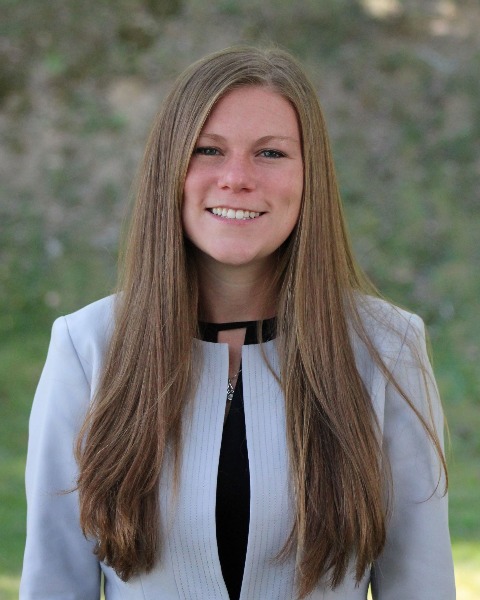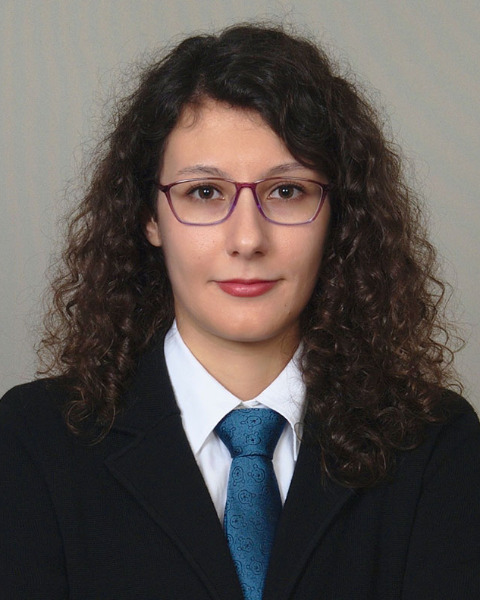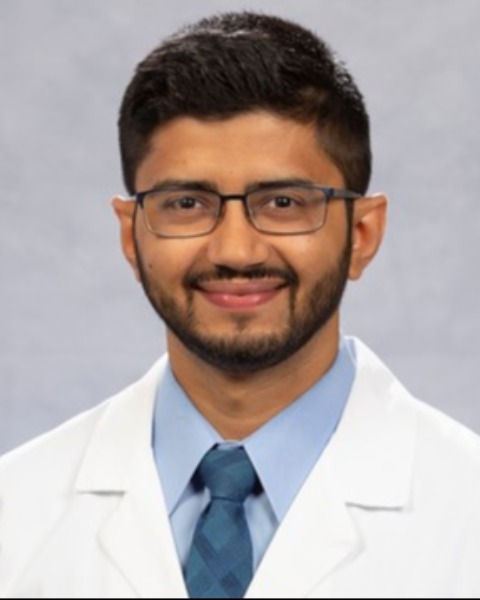Hepato-pancreato-biliary
E288: Patient Selection and Outcomes with Hepatic Artery Infusion Chemotherapy (HAIC) in Unresectable Colorectal Liver Metastasis (uCRLM) at a Tertiary Referral Center

Erin M. Dickey, MD (she/her/hers)
Resident
University of Miami
Miami, Florida, United States
Erin M. Dickey, MD (she/her/hers)
Resident
University of Miami
Miami, Florida, United States
Erin M. Dickey, MD (she/her/hers)
Resident
University of Miami
Miami, Florida, United States- KK
Kelly L. Koch, MD
Surgical Oncologist
Lakeland Region Health North Campus/Hollis Cancer Center, United States 
Haleh Amirian, MD, MS
Post-Doc
University of Miami School of Medicine - Miami, FL, Florida, United States- FA
Francesco Alessandrino, MD
Medical Oncology Physician
University of Miami, United States - JK
Joshua Kronenfeld, MD
Medical Oncology Physician
University of Miami, United States - ID
Iago De Castro Silva, MD
Surgery Resident
University of South Florida, United States - JP
Joseph Pizzolato, MD
Associate Professor
University of Miami Miller School of Medicine, Sylvester Comprehensive Cancer Center., United States - NE
Nkiruka Ezenwajiaku, MD
Assistant Professor
University of Miami Miller School of Medicine, Sylvester Comprehensive Cancer Center., United States - NM
Nipun B. Merchant, MD
Surgical Oncologist
Department of Surgery, University of Miami, United States - AP
Agustin Pimentel, M.D.
Assistant Professor of Medical Oncology
University of Miami Miller School of Medicine, United States 
Jashodeep Datta, MD (he/him/his)
Assistant Professor of Surgery
Department of Surgery, University of Miami Sylvester Comprehensive Cancer Center
Pinecrest, Florida, United States
ePoster Abstract Author(s)
Submitter(s)
Author(s)
In uCRLM, regional chemotherapy with HAIC and systemic chemotherapy can achieve hepatic disease control and expand surgical resectability. We sought to describe patient selection, genomic correlates, and early clinical outcomes following implementation of a HAIC program at our tertiary referral center.
Methods:
We analyzed demographics, prior systemic treatment, primary tumor location, extent of hepatic/extrahepatic disease, perioperative HAIC outcomes (toxicity, conversion to resection/ablation, radiographic response), and hepatic progression-free (PFS) and overall survival (OS) in uCRLM patients selected for HAI treatment (01/2018—06/2022) after multidisciplinary review. Next Generation Sequencing (NGS) genomic data from patient tumors was visualized using the Oncoprint tool.
Results:
Fifty-eight patients (mean age 55.6±1.2 years) received HAIC for uCRLM. Majority of patients selected were male (62%) and white (86%); 25 (43%) identified as Hispanic consistent with our South Florida catchment. At presentation, 86% of patients had ≥5 liver lesions, 90% presented synchronously, and 79% had a Fong clinical risk score ≥3. Primary tumor was right sided in 24%, left/sigmoid in 59%, and rectal in 17%. All tumors were microsatellite stable. By tumor NGS, only a third (35%) of patients selected had oncogenic KRAS mutations, while TP53 mutations were the most common (78%). Additionally, NGS recognized APC (67%) and MYC (10%) as additional common genomic alterations. KRAS–TP53 co-mutations, which we have previously shown is associated with poor survival in uCRLM, was observed in only 29% of patients selected for HAIC. Nearly all patients (93%) received ≥1 line of systemic chemotherapy prior to pump placement. HAIC started a median of 10.5 months from diagnosis of uCRLM. All patients received FUDR, while 10% of patients received mitomycin C. The median number of HAIC cycles was 7 (IQR 6, 11). Biliary sclerosis requiring ERCP was observed in 12%. With a median follow-up of 18 months, the median OS was 18.5 months and hepatic PFS was 10.5 months. Conversion to complete resection/ablation was feasible in 19%, while bridge to two-stage hepatectomy was possible in 14%. Thirty patients (52%) underwent additional hepatic directed procedures to salvage recurrences; 9% remained disease-free.
Conclusions:
HAIC in selected patients with biologically favorable uCRLM achieve encouraging rates of conversion to resection/ablation and survival.
Learning Objectives:
- Identify patients with uCRLM, who may potentially benefit from HAIC
- Recognize oncogenetic mutations that commonly present in uCRLM
- Describe the potential outcomes following HAIC
